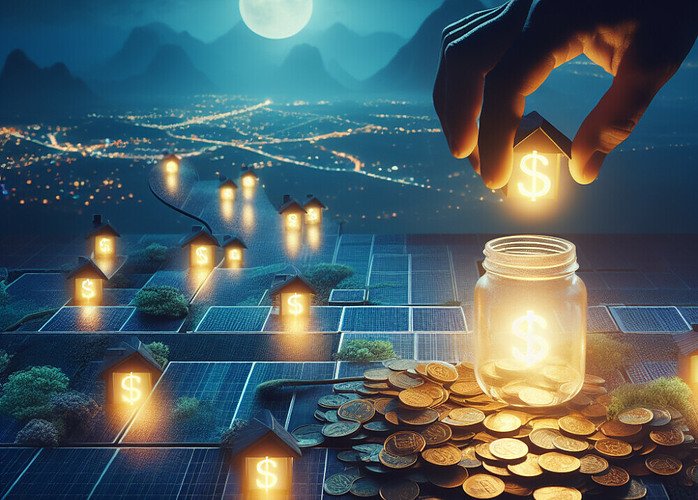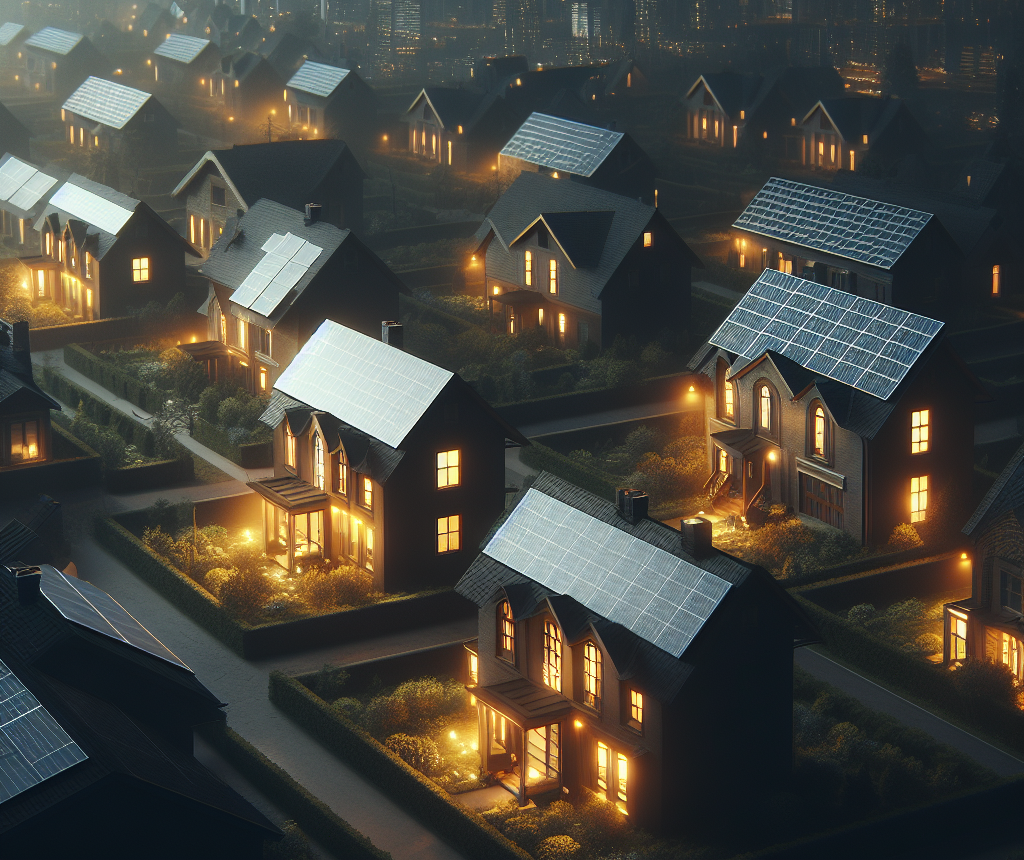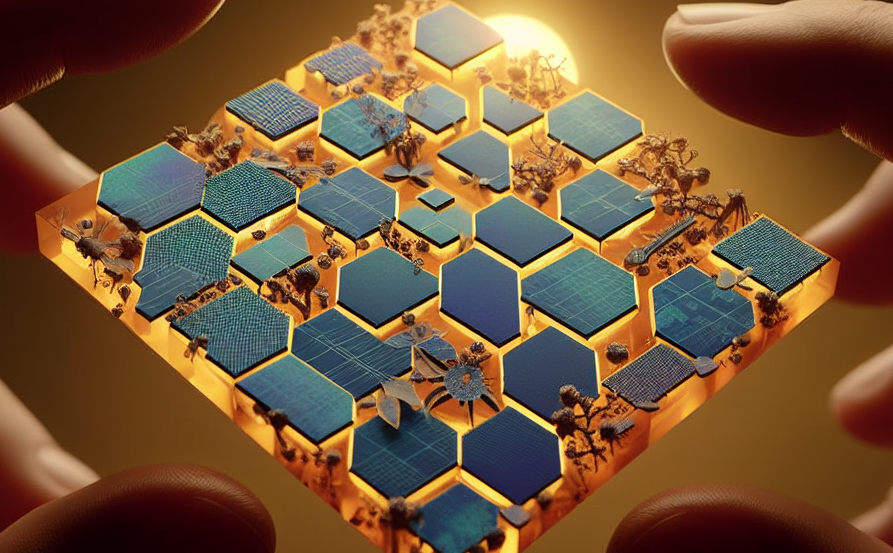I’ve been keeping close tabs on the energy market for years now, and if one trend stands out, it’s the undeniable ascent of solar energy. It’s not just a buzzword or a tech fad; it’s a bona fide leap forward in how we power our lives. With the environment’s health dangling on a precipice, looking towards renewable energy solutions like solar power isn’t just smart—it’s become necessary.
Traditional power plants have churned away for over a century, and while they’ve powered our progress, they’ve also left a mark on the planet that’s hard to ignore. But there’s a new player in town. Solar power’s popularity reflects more than just concern for the planet. It’s riding the waves of serious technological progress, advancements that have made it a front-runner in the renewable energy race.
More people than ever before are turning toward solar power, intrigued by the lower costs and the promise of a cleaner tomorrow. Whether it’s the sprawling solar farms that are cropping up at an impressive rate or the sleek panels adorning rooftops in the neighbourhood, solar energy’s grip is felt everywhere. It has become the embodiment of sustainable innovation and a beacon of hope for a greener planet.
Let’s discuss solar power’s role in sustainability, address adoption challenges, and predict innovations. Share your insights for a cleaner, more sustainable future.
In the next section, I’ll take an incisive look at traditional energy sources, shining a spotlight on their pitfalls and juxtaposing them with the rising star that is solar energy. Trust me, the comparison digs up some interesting truths, ones that might just tilt the scales in favour of solar for good.
Energy Showdown: Traditional Sources vs. Solar Power

The decisions people make today about their energy sources impact not just their own lives, but also the world at large. Traditional energy sources such as coal, oil, and natural gas have been the backbone of global energy consumption for centuries. These sources have fueled the industrial revolution, powered cities, and driven technological advancements. However, they’ve come with a significant price tag, one that goes beyond monetary value. Environmental degradation, air and water pollution, and the emission of greenhouse gases are just a few of the negative footprints left behind by these conventional powerhouses.
Financially, these sources are fraught with unpredictability. As commodities, their prices are subject to the whims of markets, geopolitical tensions, and their inherent finitude. As these resources dwindle, costs are likely to increase, placing a higher economic strain on users. Moreover, the environmental fallout from traditional power adds additional ‘hidden’ costs. Healthcare expenses for asthma and other respiratory conditions can be linked to pollutant emissions, and long-term environmental clean-up efforts will have a significant economic impact.
On the other side of the ring stands solar energy – a contender that has steadily become more prominent in recent years. Solar panels capture the sun’s energy and convert it into electricity, providing a clean, renewable source of power. Crucially, this process releases no harmful pollutants into the atmosphere, promising a future with better air quality and a smaller carbon footprint.
Economically, the narrative around solar energy has dramatically improved. Installation costs that once posed a significant barrier to entry have plummeted, thanks to technological advances and economies of scale. In the United States, there are also financial incentives such as government subsidies and tax credits that support individuals and businesses making the switch to solar power. These incentives, coupled with the promise of reduced utility bills, help to mitigate the upfront costs. Studies suggest that homeowners can enjoy savings ranging from $10,000 to $30,000 over the lifespan of their solar systems – a substantial monetary return on a clean energy investment.
However, the high note that solar hits on environmental and economic benefits leads to a more complex composition. Although the initial investment is offset by long-term savings and incentives, there are other financial considerations along the path to solar conversion. The following section will explore these in detail, ensuring that the full financial landscape of solar energy is illumined.
Illuminating the Costs: The Financial Journey to Solar Adoption

You’re aware of the environmental appeal of solar energy, but what will it cost you upfront? The price of installing solar panels isn’t a secret, and typically, you’ll be looking at anywhere from $15,000 to $25,000 for a residential setup. But it’s not just the solar panels themselves. There are other expenses to consider, such as permits, inspections, battery storage, and routine maintenance.
For starters, you’ll need the proper permits and to pass inspections, which are non-negotiable for compliance. This can stretch out installation time and add unforeseen expenses. Next, think about battery storage. If you’re planning to be energy-independent or want to take advantage of storing surplus power, consider the extra investment required for batteries.
Solar panels are low-maintenance, but they’re not no-maintenance. Regular check-ups are needed to keep them running at maximum efficiency. Plus, inverters, the hardworking components that convert sun into usable electricity, have finite lifespans and need replacing post-warranty.
The assumption that upfront costs negate the benefits isn’t accurate, though. Despite these additional expenses, which I’ll look into, solar energy can offer a significant return on investment over time. After all, sunlight is free fuel, and after the initial setup, operational costs plummet, leading to substantial savings in the long run.
Investing in a Brighter Tomorrow: Economic and Environmental Impacts
Investing in solar panels is not just an environmentally conscious choice; it’s a savvy financial strategy. To make this transition accessible, consider financial tools like renewable energy loans and government incentives, which reduce the financial burden and enhance returns on investment.
As the solar industry expands, homes with solar panels are gaining traction in the real estate market, driving up property values. Statistics underscore this growth, revealing the increasing global adoption and technological advancements in the sector. Solar-powered homes are now a mainstream preference, aligning with the shift towards sustainable living and offering both economic and environmental benefits.
In essence, investing in solar panels isn’t just about energy; it’s an investment in a brighter, sustainable tomorrow, offering financial gains while contributing to a greener, more resilient global community.





